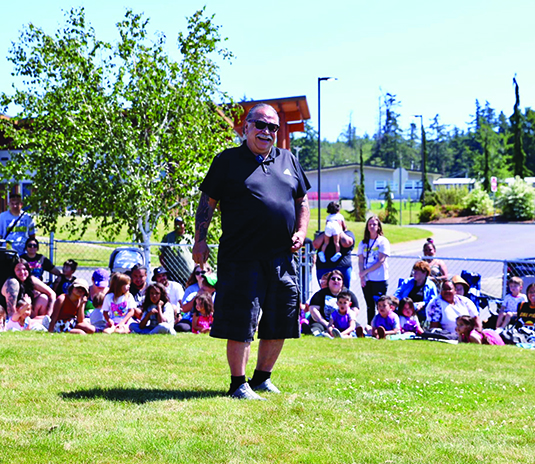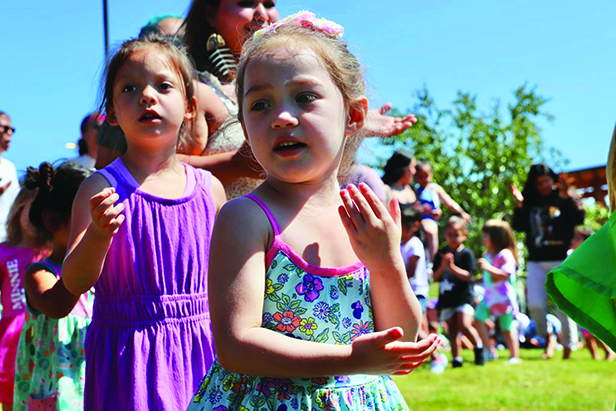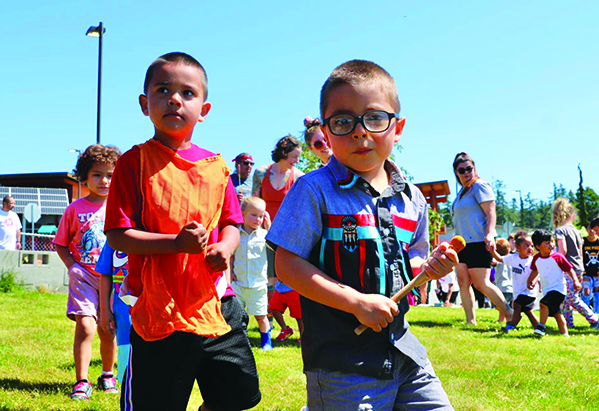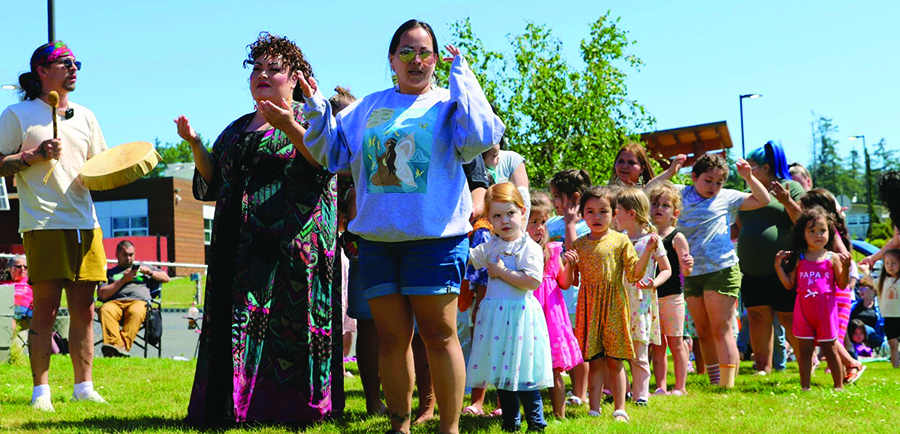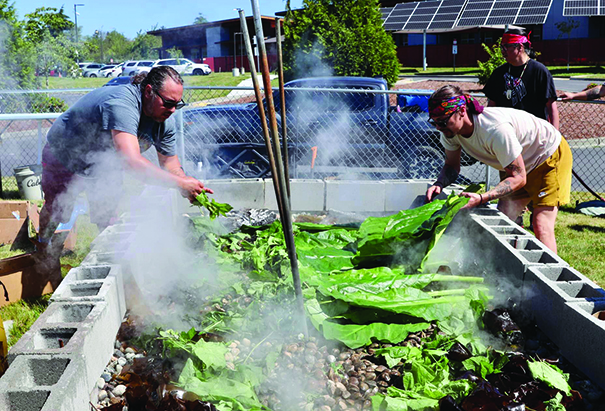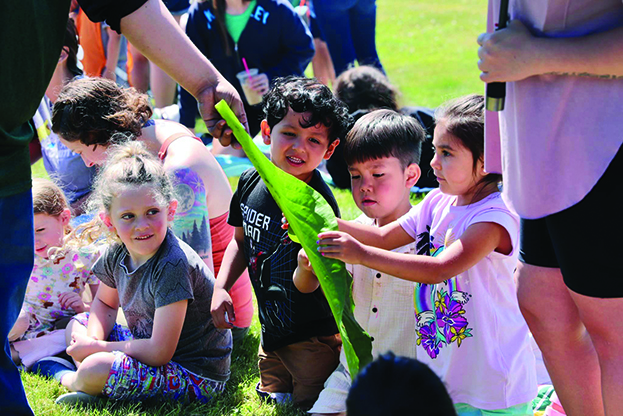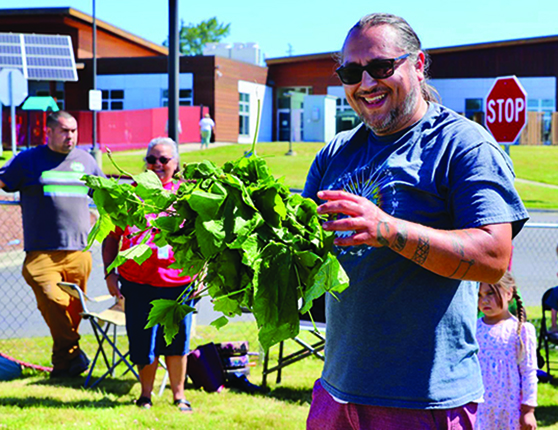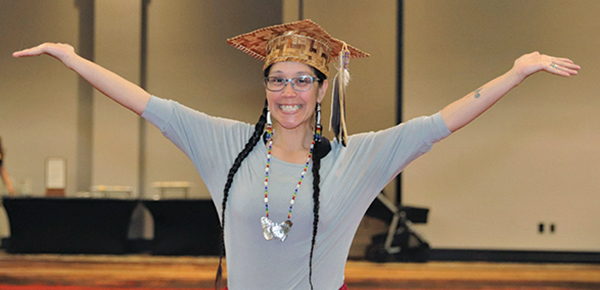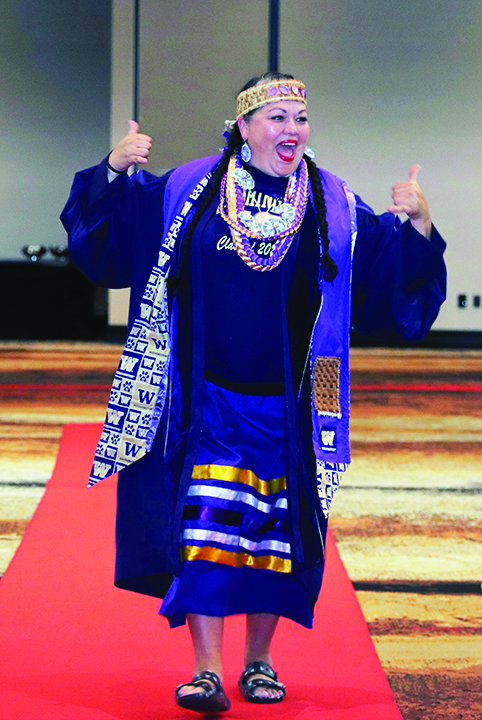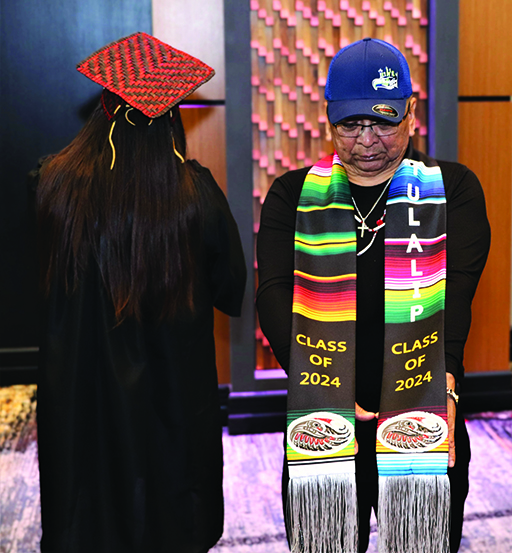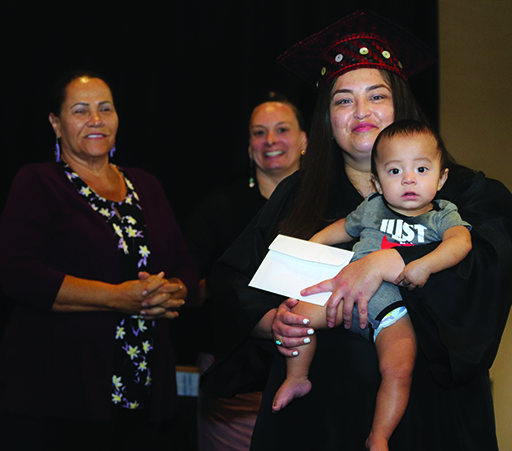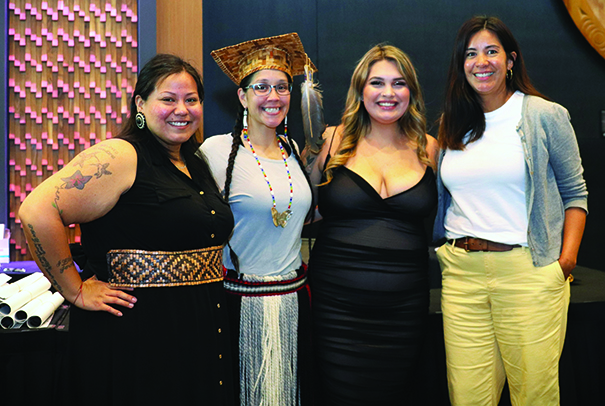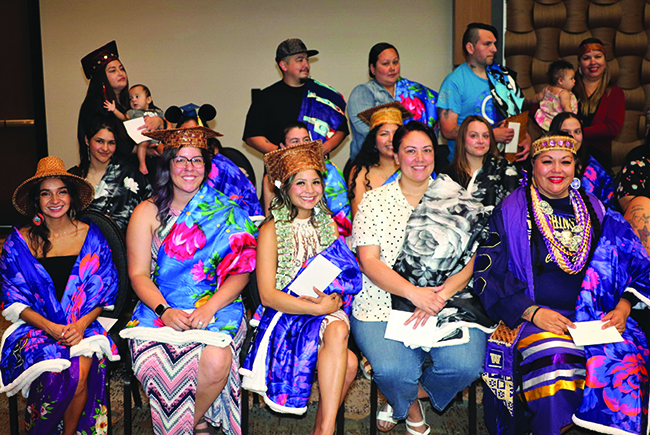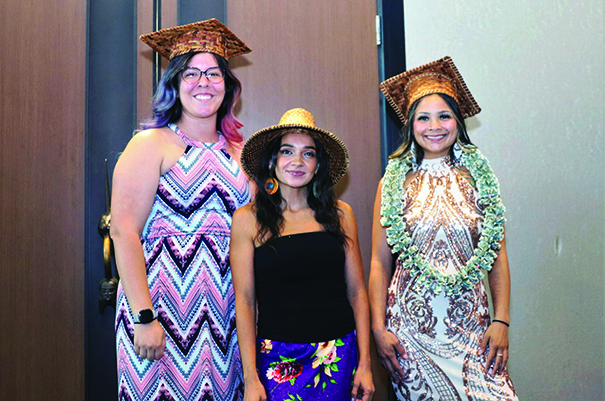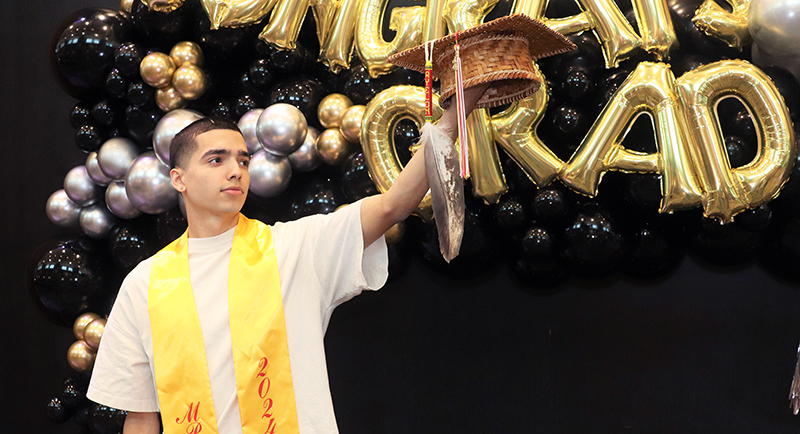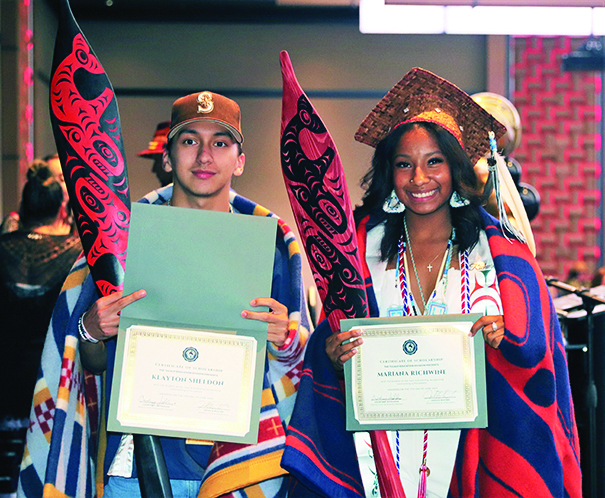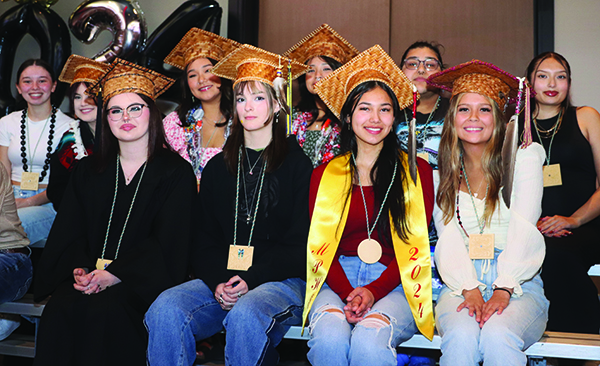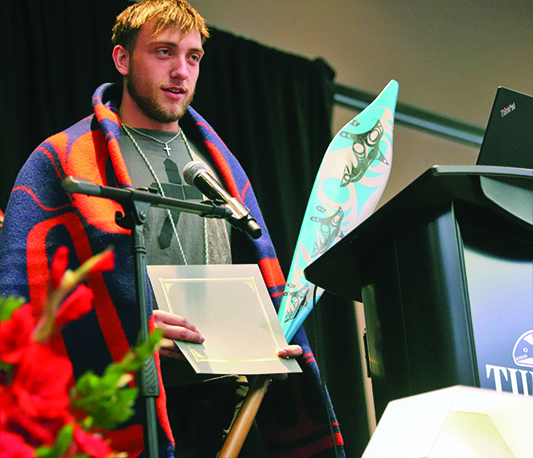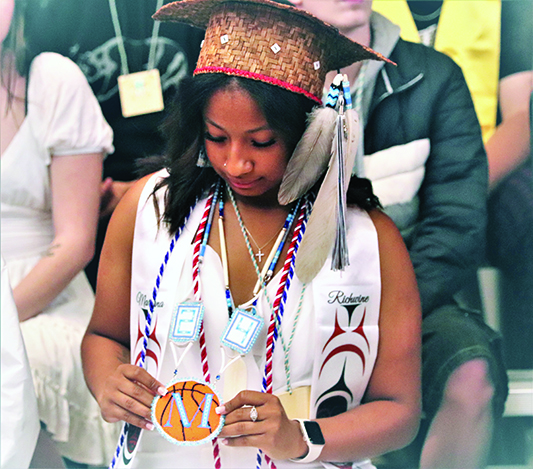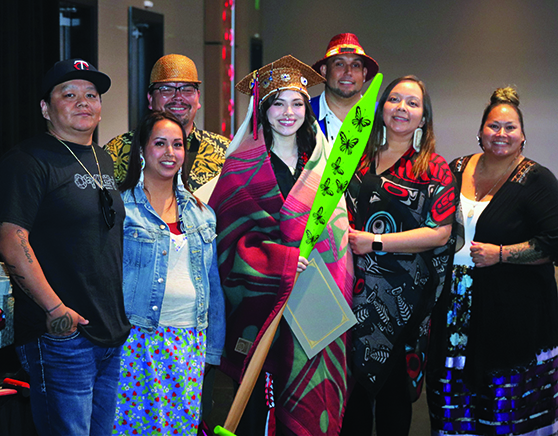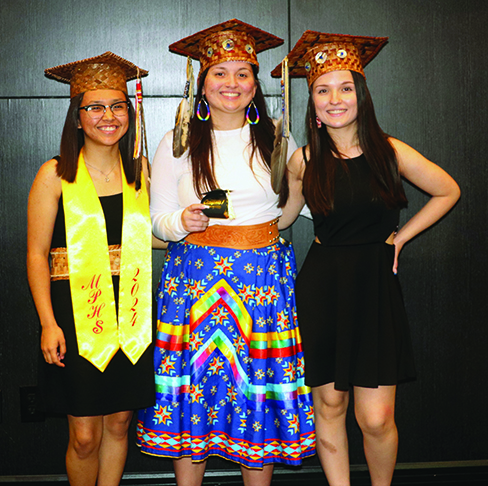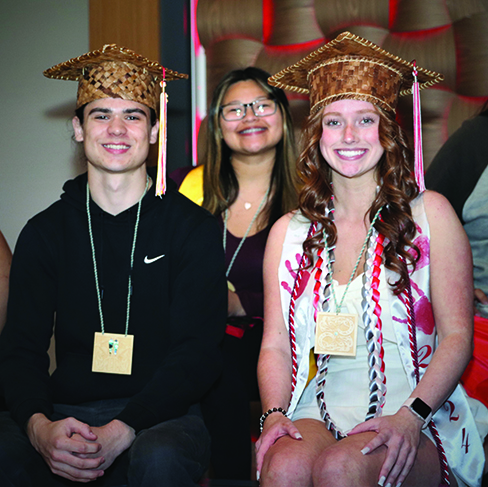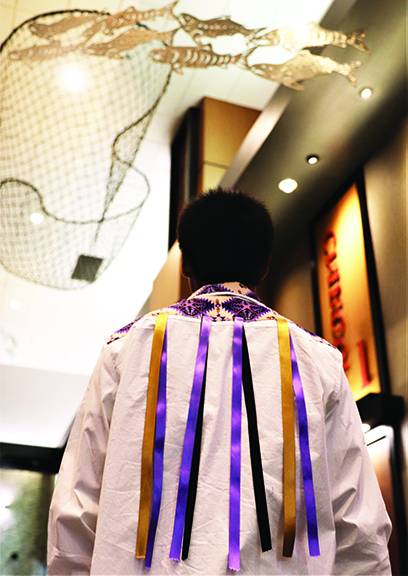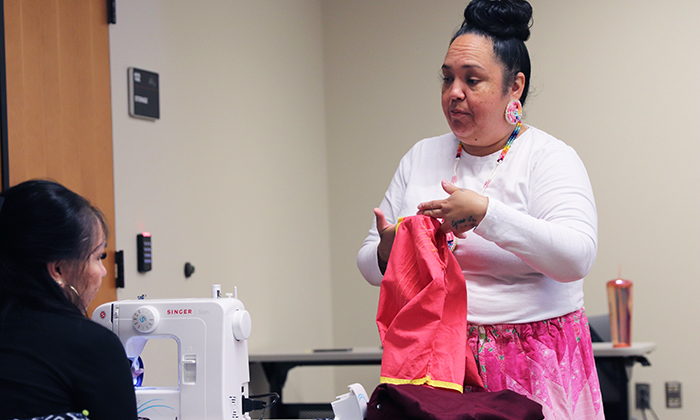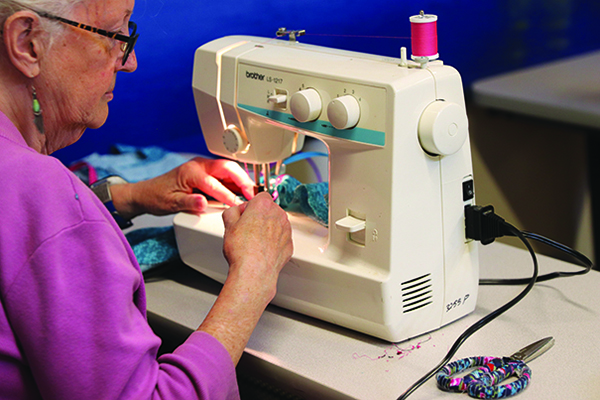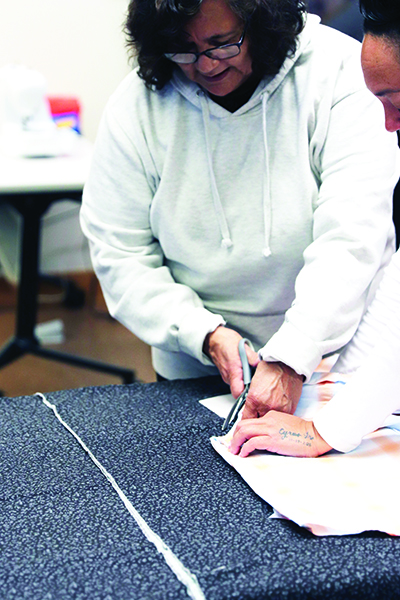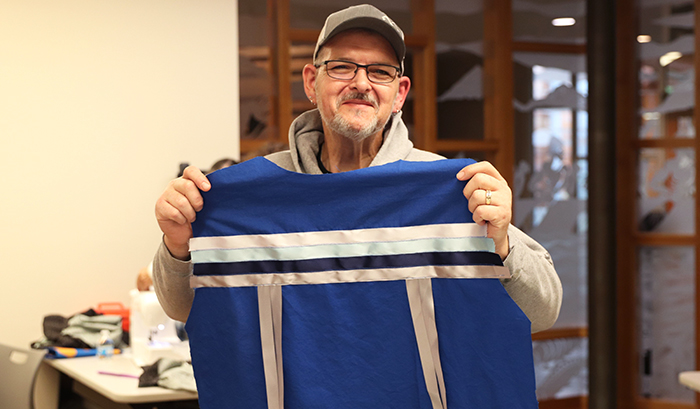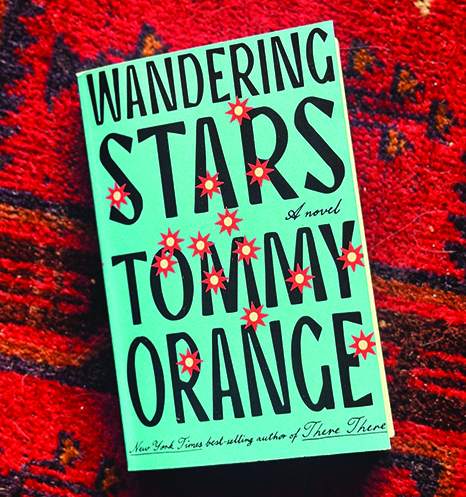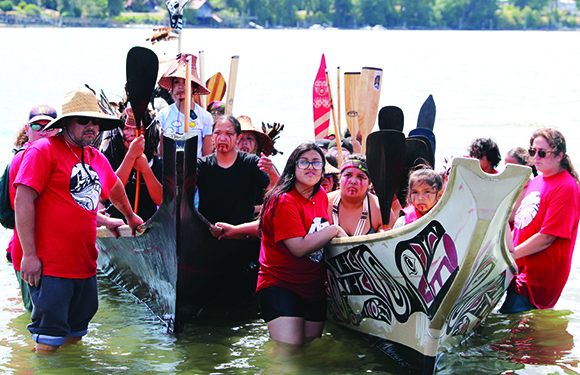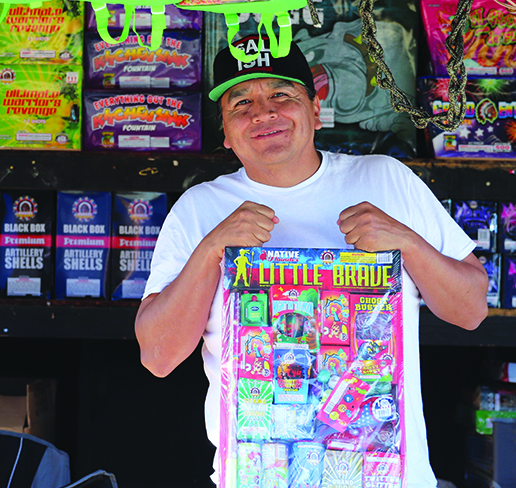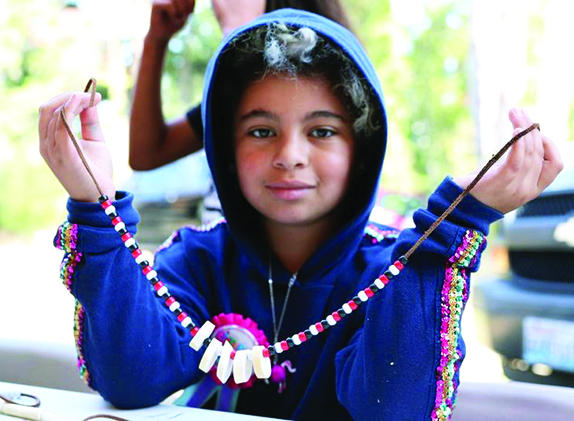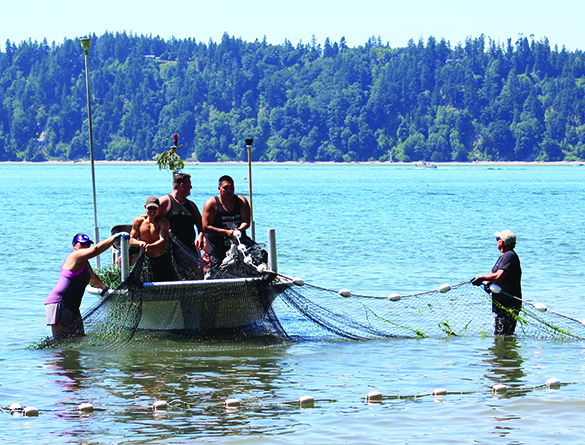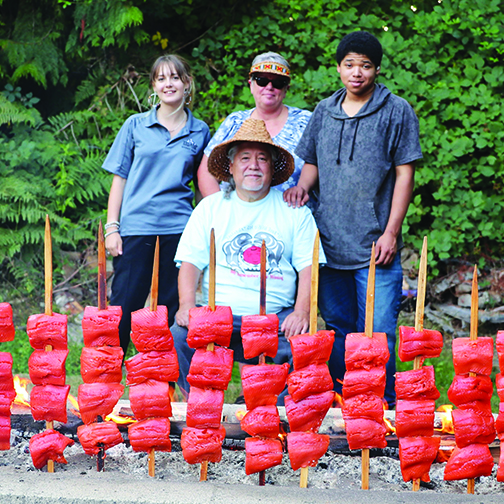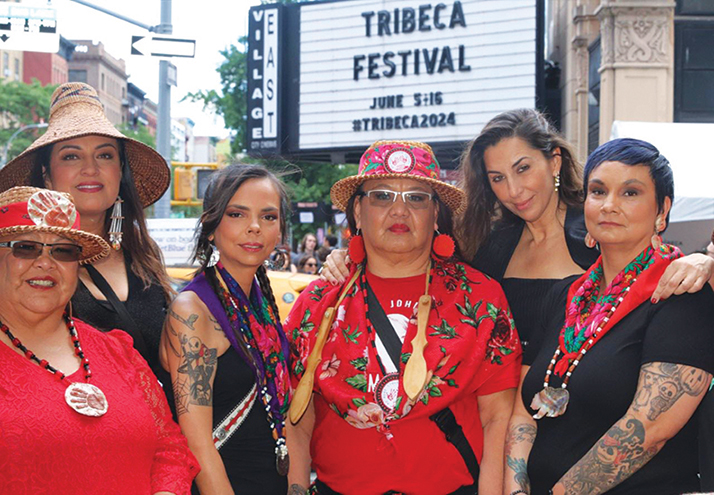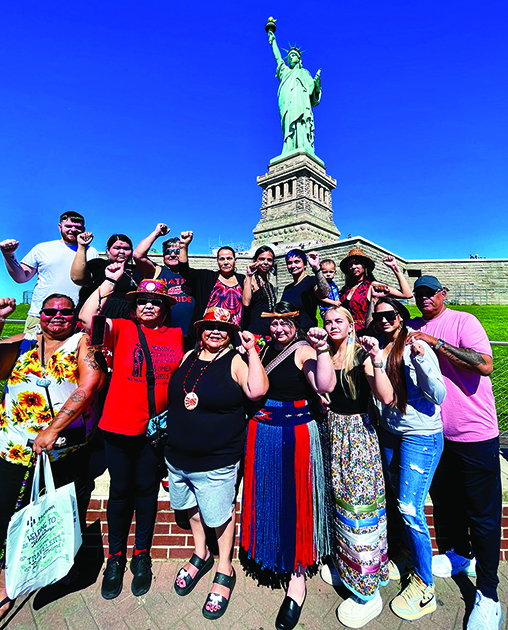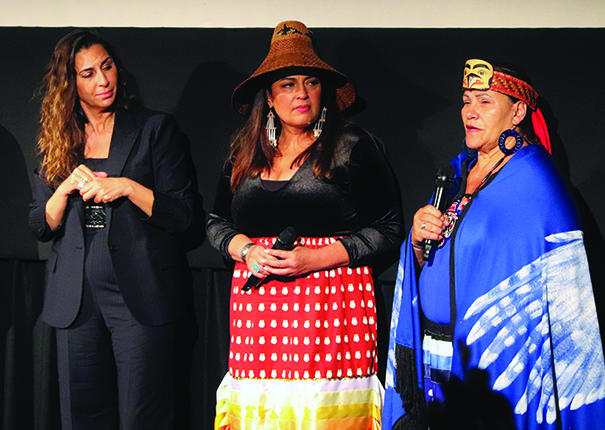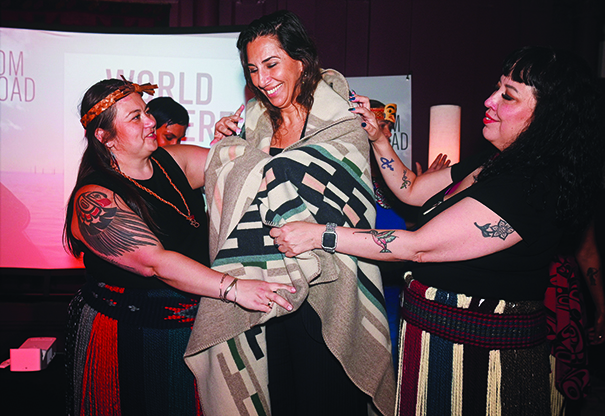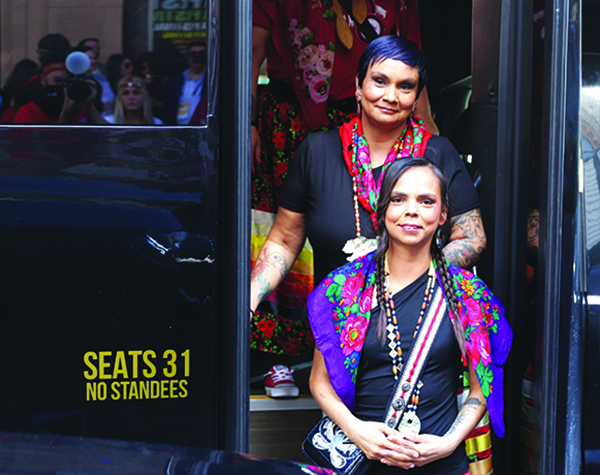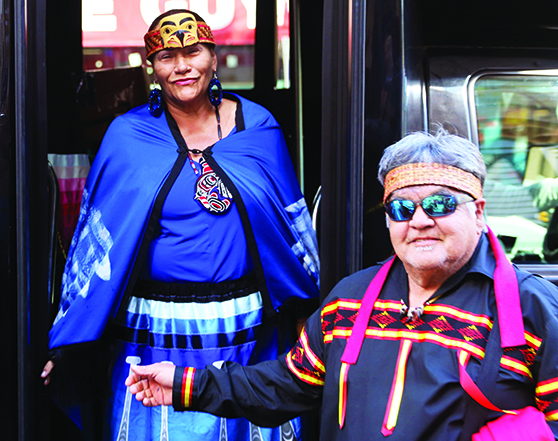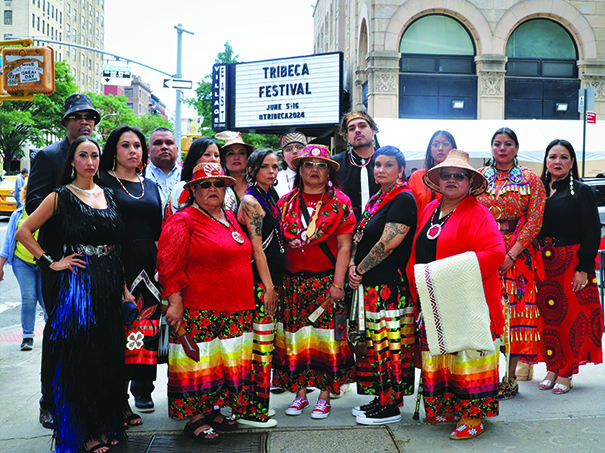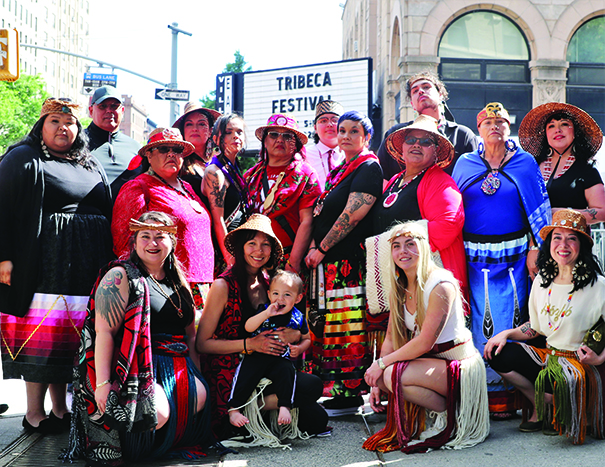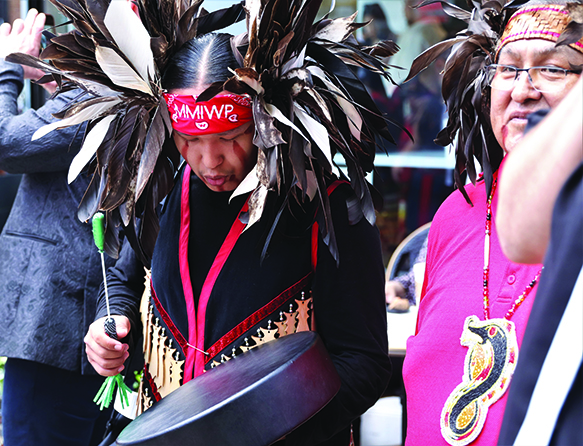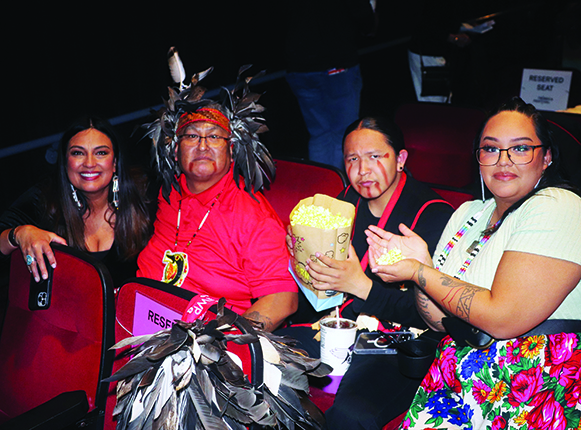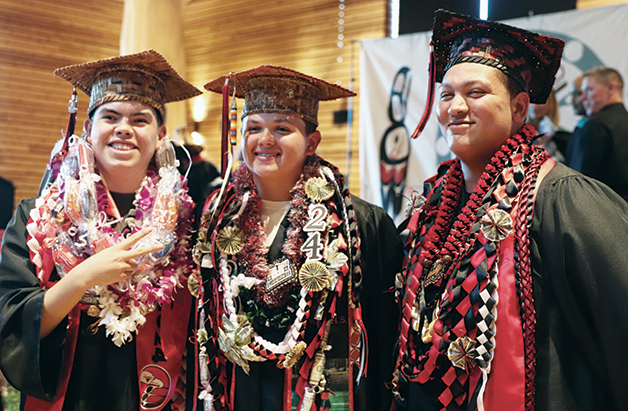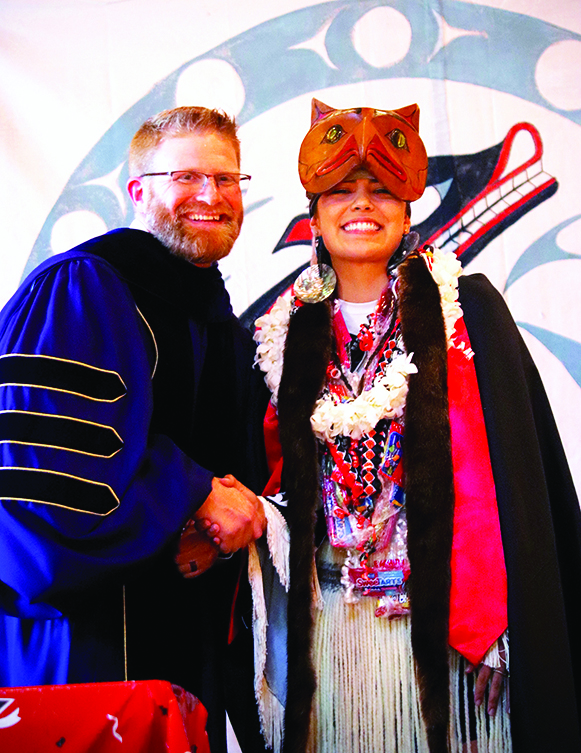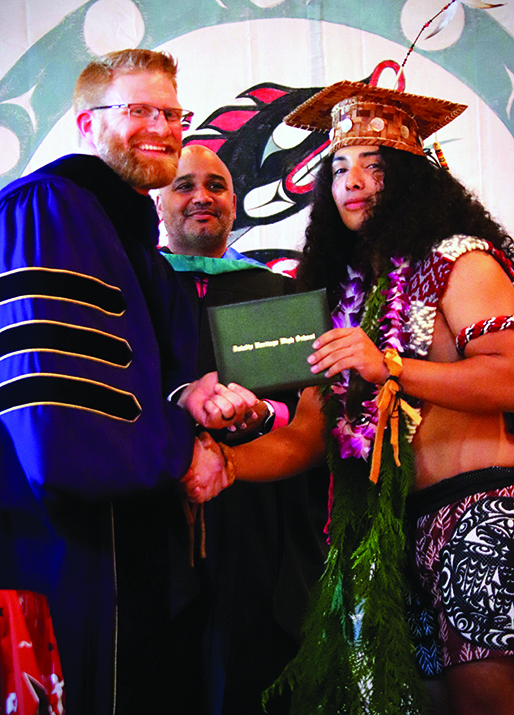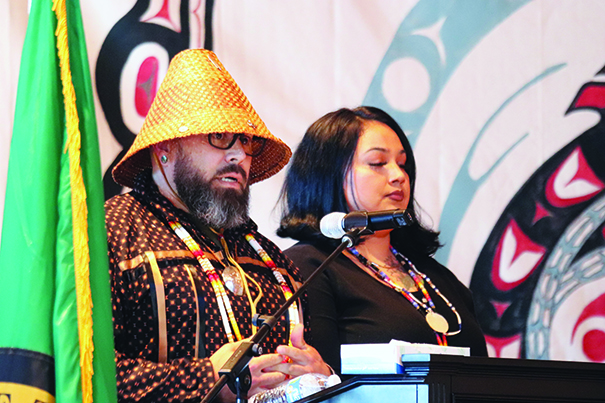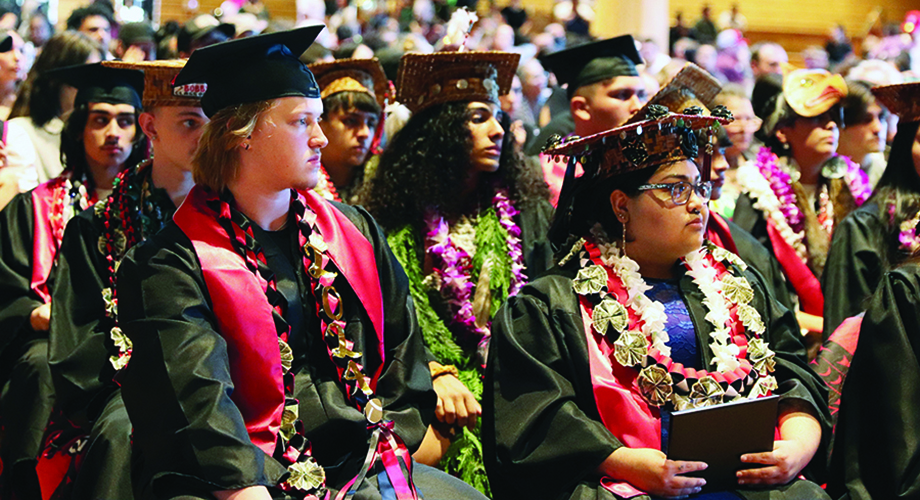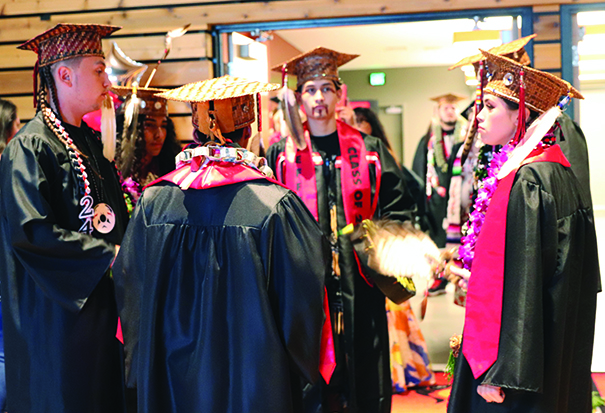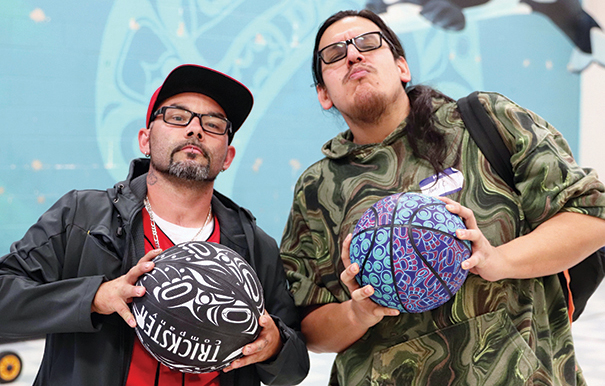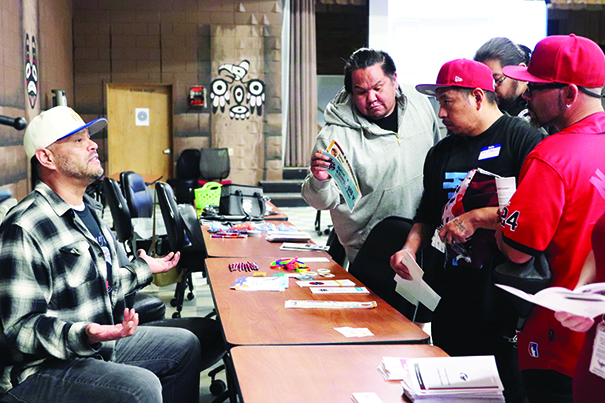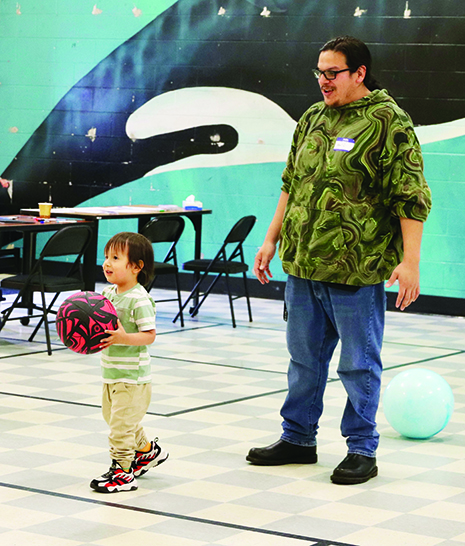
By Micheal Rios, Tulalip News
For more than forty years now, the Tulalip Tribes have transformed a vacant space on their sovereign land into an excitement fueled marketplace for those looking to satisfy the celebration demands of Independence Day.
Tens of thousands of prospective customers from all across the Pacific Northwest journey to the fireworks-filled Boom City every year seeking the perfect purchase. The most highly desirable family order typically consists of child friendly sparklers, Roman candles and snap poppers that accompany the thrilling sights and sounds of the more advanced pyrotechnics, like booming artillery shells and mesmerizing 500-gram, finale cakes.

Largely illegal in Washington State, the distribution and discharge of fireworks is permitted on the Tulalip Reservation as a direct result of tribal sovereignty. Snohomish County at large, including the surrounding cities of Marysville, Arlington and Everett, have instituted fireworks bans. However, those municipal and county government structures have no authority over Tulalip. Praise the Point Elliot Treaty!
Embodying that sovereignty are the 100 or so stand owners who create the always lively wheeling and dealing atmosphere Boom City is well known for. Each stand owner is a Tulalip entrepreneur looking to cash-in on 4th of July festivities while creating a loyal, return-customer base to add to Boom City’s lore.
Following another successful season, we caught up with a handful of those who best embody the entrepreneurial spirit and have grown up within and around the proud Boom City tradition. Each was asked three simple questions. What did you like this year? What did you dislike? And if you had the power to make a change for next year, what would it be and why?

Eliza Davis
Q. What did you like?
A. I like that we are able to have a lighting area to accommodate customers who are not able to light fireworks elsewhere due to bans in their towns or cities. Without the lighting area, I think we would have a definite decline in our business.
Q. What did you dislike?
I didn’t like that our layout. The rows and space for stand owners to A. set up is so uneven. We had some rows with way more space to put merchandise out in front of their stands and then other rows with a significantly less area to work with. The parking lot was also very uneven for those on the North entrance. There was a lot more available parking near the South entrance.
Q. If you had the power to make a change for next year, what would it be and why?
A. So one change I would like to see is finding a way to ensure equal parking on both entrances and that our layout is evenly spaced out. That way all stand owners have access to the same amount of area in front of and around their stands, as well as equal access to foot traffic from both ends of the parking lot.
One other thing I would like us to consider is aligning our fireworks code with our employment code for preference tiers 1-3. We have a lot of decedents who want the opportunity to work and they are not enrolled so they don’t get the opportunity unless their parent has a stand. It makes sense to look at this code through the employment code preference tier from 1-3 to me. These folks live in our community, impact our economy, and many give back to our community.

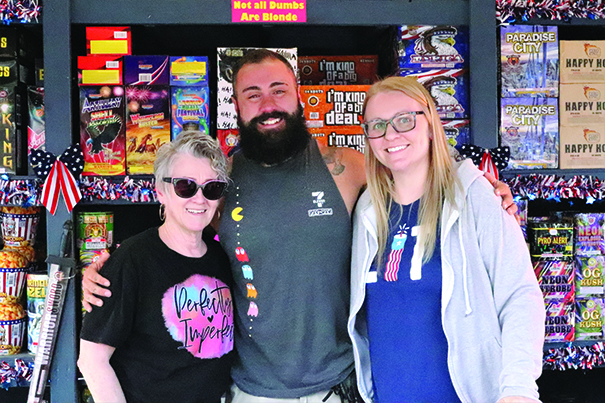
Krislyn Parks
Q. What did you like?
A. I love the community of beautiful Natives coming together to make a living for their family by using our sovereignty and selling people fireworks to celebrate with their friends and family!
Q. What did you dislike?
A. I personally didn’t like that my customers walked around all the bathrooms that were supposed to be open for public use that had locks on them. They couldn’t go to the bathroom, but were sold food and drinks. I don’t understand why our people put locks on free bathrooms. It was really sad to watch kids pee their pants and elders freaking out not being able to use the restroom.
A. If you had the power to make a change for next year, what would it be and why?
Would probably be to have more or better transparency of all aspects because too much is left unsaid and secretive. But also, our customers need bathrooms so let’s start with that.

Wade Sheldon
Q. What did you like?
A. I liked being there, and being able to hang out with friends and relatives I don’t normally get to see.
Q. What didn’t you like?
A. I don’t like how more and more cities are cancelling people being able to light off fireworks by imposing bans, issuing citations, and making it illegal.
Q. If you had the power to make a change for next year, what would it be and why?
A. I would have all of Boom City lean more into safety. I think that a lot of people buy these fireworks and don’t give them the respect they need. We need to show people how to properly respective fireworks by showing how to handle and light off correctly. By creating safety videos and offering a fireworks safety class at Boom City, we could get more families to come up and more customers for every stand. The more we prepare for the future, the longer we will be able to keep selling fireworks at Boom City.


Sabrina Moses
Q. What did you like?
A. I love the family time I get. It’s our dad and auntie’s business, Monty Hall Fireworks. To be able to come together every year as a family and Tribe is a blessing to me. This year, it was my brother Brandon Moses, my dad Jon Moses, my nephew Brayden Moses and a family friend Bruce Mosqueda who all worked the stand. I am very happy with this year’s results.
Q. What did you dislike?
This year, I dislike that it was shorter selling season. We rely on all the days we can get.
A. If you had the power to make a change for next year, what would it be and why?
I think all stand owners should have to show up to the Boom City meetings they have each year.
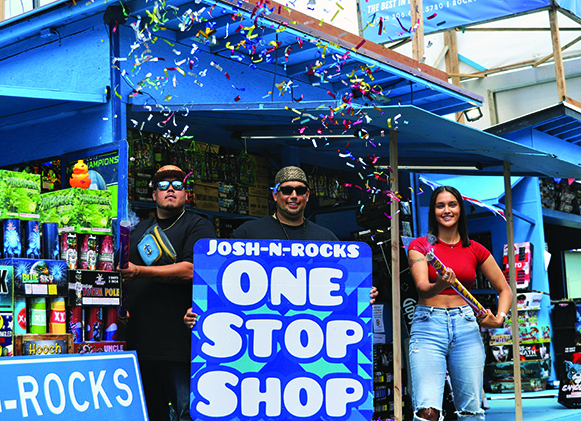
Josh Fryberg
Q. What did you like?
A. What we liked about Boom City was friends and family coming together and helping keep family traditions alive. I remember working Boom City with family when I was just 7 or 8 years old. There are a lot of great memories for so many. We are looking forward to more of our kids being more involved, learning the business side of fireworks, and passing on what they’ve learned to their kids one day.
Q. What did you dislike?
A.We disliked the weather. There was a lot of rain this year leading up to the final week.
Q. If you had the power to make a change for next year, what would it be and why?
A. If we were able to make one change, it would be to have a few meetings with our Tulalip Board of Directors, Boom City committee and stand owners, so we all come together in a good way and create solutions that benefit all of us.

